Do Black Drongos migrate?
Have I seen a Green Bee-eater recently?
Is Greenish Warbler only a passage migrant in my area, or a winter visitor as well?
Do juvenile Barn Swallows migrate with adults, or separately?
Are migrants arriving later this year?
Do Asian Koels call all year round?
How many different call types do Common Ioras have?
What food do Barbets prefer, and what do they eat at times of year when this is not available?
When do Tailorbirds nest?
Do Red-whiskered Bulbuls have multiple broods?
What species hold territories?
How can I tell whether this newly arrived Marsh Harrier is a juvenile or an adult female?
These are all common birds but questions that most birders would find it difficult to answer. One solution to this lies in an exciting and rewarding way to take your birding to the next level: local patch birding.
This is the first in a series of articles from Bird Count India about Patch Birding…
Your Local Patch
Patch birding involves visiting a local and familiar site on a frequent basis, thus gaining an intimate knowledge of the birds that occur there. Seeing birds on your patch is more than listing and counting, and is more about actively watching and enjoying.
A local patch can be any type of habitat – birds do occur pretty much everywhere after all – so the key is for it to be an area that you can conveniently and regularly visit. Ideally you’d be able to visit at least once a week, year-round. Over time you will learn a lot more about the birds that frequent your patch, and develop your skills as a birder in doing so.

A small wetland with surrounding vegetation and some mature trees makes an excellent local patch.
© Kulbhushan Suryawanshi
Advantages of Patch Birding
Spending time in a place that you get to know well allows you to observe birds in more detail, and quickly learn more about different species and their behaviour, than visiting different sites much less frequently.
As you watch a local patch you will find yourself improving your skills as a birder: you will pick up songs and calls and see and identify the bird making these, improving your ability to bird by ear to the extent that you will soon be identifying birds by sound alone. Watching regular birds over time is the way to build up your appreciation of “jizz”, something that is not really possible to learn out of the field, such that soon you will be able to identify some birds by the way they perch, or walk, hop, run or fly, and even a brief glimpse may be enough for you to confirm the identification.
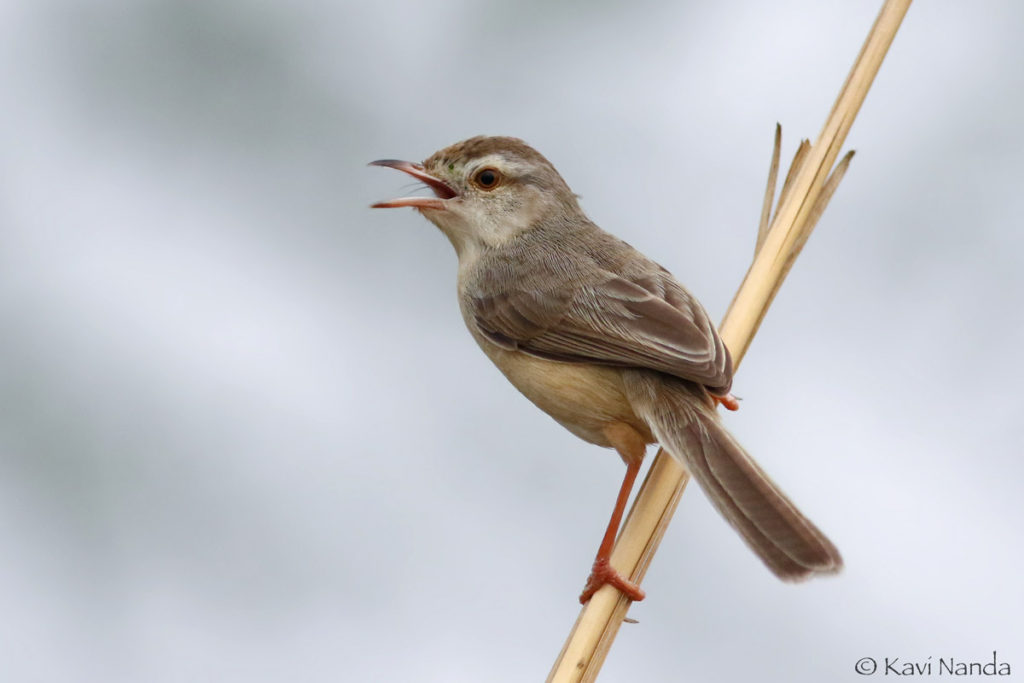
Singing Plain Prinia – patch birding will help you distinguish this from Ashy Prinia by song and call
© Kavi Nanda, http://ebird.org/ebird/view/checklist?subID=S30466678
Patch birding will reward you with things that you would ordinarily miss when just occasionally birding at different sites. You will start to recognise which trees begin flowering first and which birds come to them, the order that different species visit in the mornings, which patches harbour the first migrants etc. Soon you will identify the quiet corner that is a reliable spot for an unobtrusively wintering Red-throated Flycatcher; you will find the bush where a pair of Red-whiskered Bulbuls are nesting, and be able to discreetly watch the antics of the parents feeding young, and the following year note whether the birds nest in the same area. After a while you will know what to expect, and would consciously look out for the winter’s first Grey Wagtail in the last week of August for example.
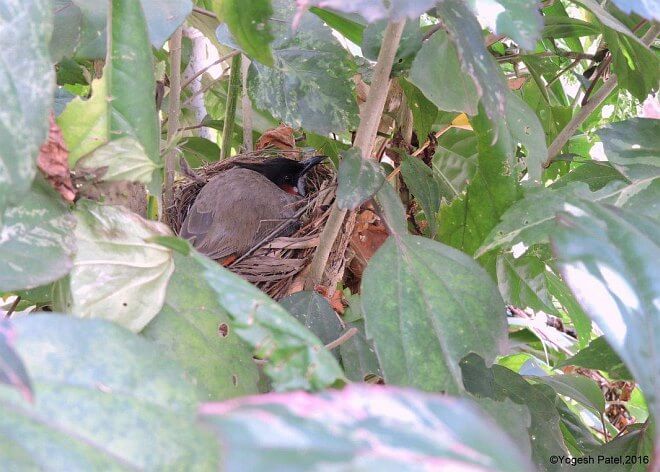
Nesting Red-whiskered Bulbul – careful watching on your patch will help you observe breeding behaviour
© Yogesh Patel, http://orientalbirdimages.org/search.php?Bird_ID=1679&Bird_Image_ID=119200
You will develop an understanding of the seasonality of common species – when they breed, when you can expect to see young birds, when they moult and how their plumage differs at different times of year. For some common species that we don’t really think of as migrants you may notice that they actually leave your patch for long periods, on what may be local migrations. Observing bird behaviour more deeply, appreciating common birds that you might not have given a second glance to before, will help you detect habitat and food preferences for different species, and you may even end up recognising specific individuals through their particular habits.
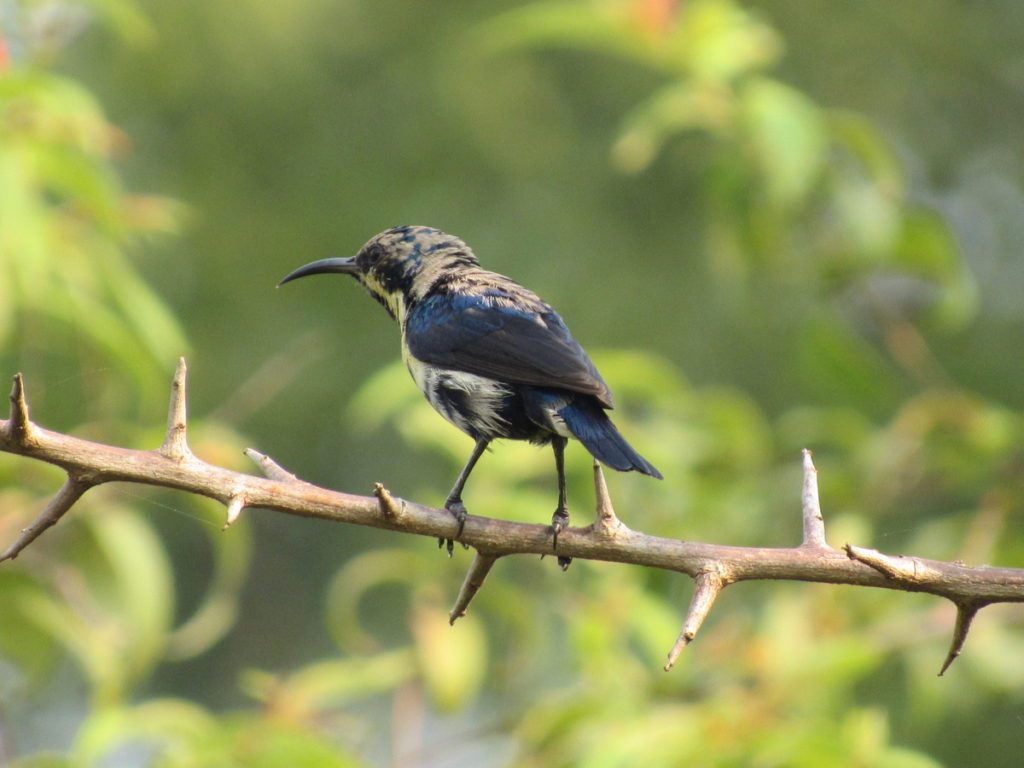
Eclipse male Purple Sunbird – when do they attain this plumage, and for how long?
© Rahul Paranjape, http://ebird.org/ebird/view/checklist?subID=S25773628
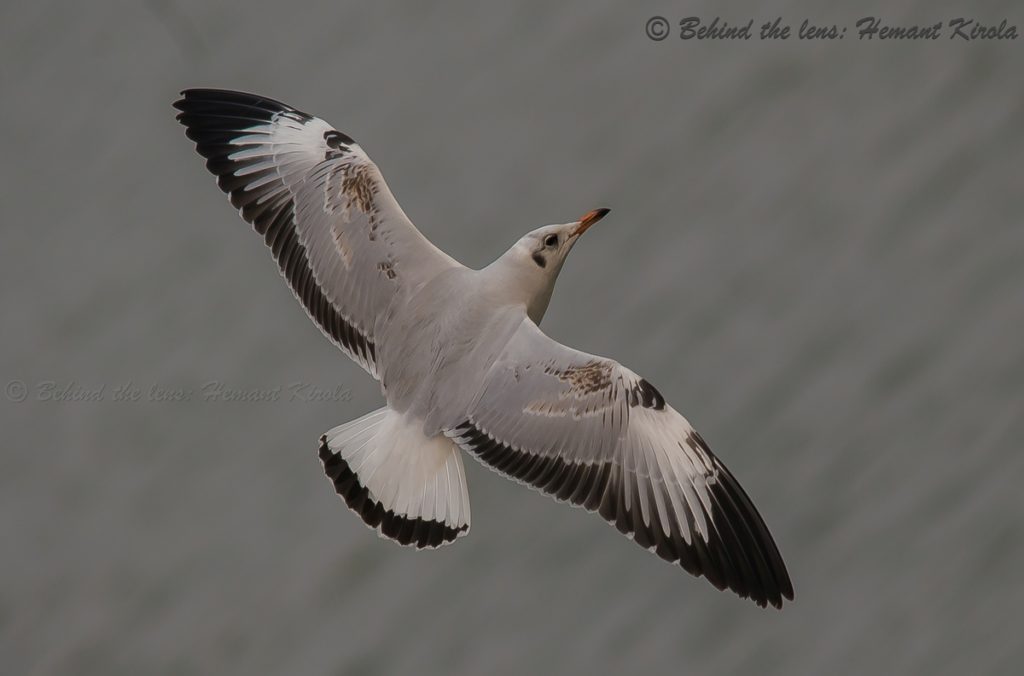
Second-winter Brown-headed Gull – gulls are ideal for recognising the different feather tracts and understanding moult as an aid to ageing.
© Hemant Kirola, http://ebird.org/ebird/view/checklist?subID=S26075637
Over time you will become very familiar with the regular birds, which helps you then recognise something unusual if you are lucky enough to come across it.
Also, regularly watching a local patch can be a more environmentally friendly and cost-effective way to watch birds, with short travel times and low fuel usage and costs. It is of course considerably more enjoyable than spending long times in traffic!
Overall great pleasure can be derived from getting to know a place in depth, observing the seasons change and the impacts that has. The notes you take (see below) can build up into a nostalgic personal diary as well as a valuable resource for an overall understanding of bird populations, distribution and movements. With the added possibility of seeing something unusual (whether behaviour you’ve not noted before, a new species for your patch, or even a rare species for the area) patch birding is an exciting pastime that adds a new dimension to your birding.
Part 2 “How to Choose a Local Patch?” will be published in a few days…


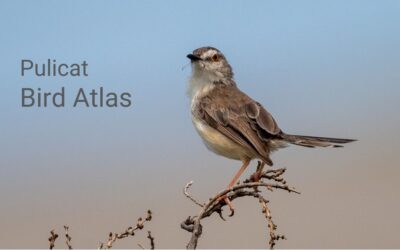
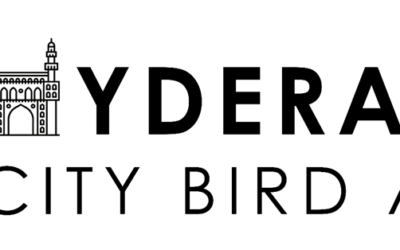
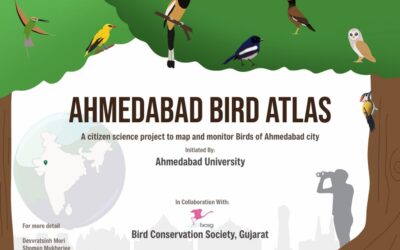
GOOD ARTICLE & FOLLOWS THOSE THINGS. REALLY ENJOYING BIRDING.THANKS eBird.
I strongly recommend patch birding.
I have a very green work campus where I have been birding two or three times a week for years now.
A few years back I did Okhla sanctuary (Delhi) every Wednesday morning for 14 months. It was an amazing experience.
Every birder should do patch birding. It puts things in a different perspective.
Great article!
Very good article. Thanks.
A real great way to go beyond just bird watching. Can bring about a lot of maturity to the way one gets involved in the field of bird watching.
You will be surprised by the variety of birds even an ordinary place gets.
Ref To your PatchTool,I developed a patch BHUSAWAL THERMAL POWER STATION with different locations & habitats.And really enjoying minute observations.76 Nos of Bird Species noted here inspite of so called abnormal situations …as Air & sound pollution,Large machine Vibrations,400KV elctrified lines having electomagnic fields,Heat, Humidity etc.In checklists while uploading calls there should a column for background species (like xeno canto).In case of Breeding code some times more than one codes are suitable.
Thanks for your suggestions, Sir. For breeding code, the guidance is to select the highest possible code. For example, if you find a male singing, but also see a nest with chicks, please choose the latter as it gives more concrete evidence of breeding.
While eBirding in my patch,I saw nos of nesting sights ,eggs with nest,youngs with nest & their behaviour without disturbance from my side.One of the Birding ethical point is never post nesting pictures.Some said never shoot pictures.Some said don’t use Flash or other means disturbing babies.One of serious birder said just do it without disturbing babies.My point is for minute or serious observation of nesting & babies behaviour why photographs are not allowed?what’s you say?
Nice article. Thanks.